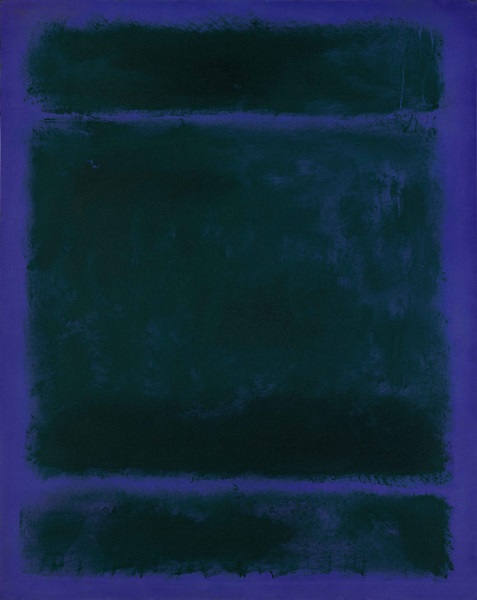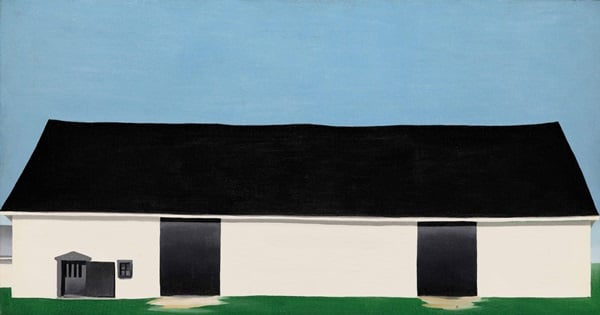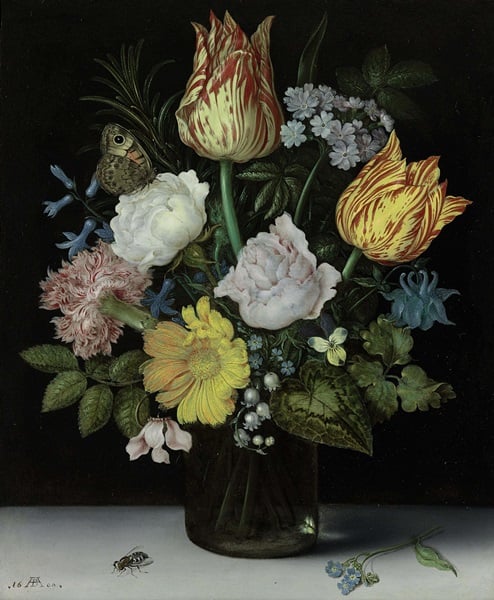Auctions
$159 Million Bunny Mellon Auction at Sotheby’s Sells Out Amid Bidding Frenzy
It was 100% sold, or what is known in auction parlance as a "white glove sale."

It was 100% sold, or what is known in auction parlance as a "white glove sale."

Eileen Kinsella

In offering the prestigious collection of Rachel “Bunny” Mellon Monday night, Sotheby’s opened the second half of the fall season with some serious fireworks. Sotheby’s experts called the collection—a wide array of blue chip modern and contemporary works that spanned 400 years—”one of the last great private American collections formed in the 20th century.” In all, the auction made $158.7 million, exceeding the expectation of $82.9–120.1 million. Of 43 lots offered, 100 percent of them found buyers, or what is known in auction parlance as a “white glove sale.”
It was rare that an artwork offered from this collection failed to incite tenacious bidding from buyers seated in the room as well as those bidding via Sotheby’s large team of specialists handling phone bids. Contemporary specialist Oliver Barker, dressed in black tie, was auctioneer for the evening and he skilfully fielded what was frequently a simultaneous volley of bids for any given work.
Since this week kicks off the major Postwar and contemporary auctions at Sotheby’s, Christie’s, and Phillips, the auction house pointed out that of tonight’s sale $63.9–91.4 million of the overall estimate was for contemporary art. With the contemporary portion accounting for $116.6 million of the total, expectations were well-exceeded.
Among the highest lots on offer was Mark Rothko‘s brilliant blue Untitled (1970), a painting with his signature floating blocks of color. Estimated to sell for $15–20 million, bidding opened at $12 million. It was pursued by no less than a half-dozen bidders before it sold to specialist Alex Branczik for a hammer price of $35.5 million, or $40 million with premium. Another Rothko highlight of the sale, albeit with a higher estimate, was the orange-colored Untitled (Yellow, Orange, Yellow, Light Orange) (1955), which was also pursued by multiple bidders and appeared to be about to sell to a Sotheby’s specialist on the phone with a client for $32 million when, at the last minute, the Nahmad family of art dealers decided to jump back into the contest they had participated in just minutes before. They ponied up another $500,000 bid and won the prized painting for $32.5 million on an estimate of $20-30 million. With premium, the final price was $36.5 million.

Mark Rothko, Untitled (1970) sold for $40 million on an estimate of $15-20 million.
Courtesy of Sotheby’s.
Despite such a wide range of styles, evidence of Mrs. Mellon’s penchant for cool blue and green color tones in many of the works she collected, was evident throughout the night particularly in the numerous paintings by Richard Diebenkorn and Nicolas de Staël on offer. In keeping with this color palette, Georgia O’Keeffe‘s White Barn (1932), sold for $3.2 million ($2.7 million hammer) on an estimate of $1.5-2.5 million.

Georgia O’Keeffe, White Barn (1932) sold for $3.2 million on an estimate of $1.5-2.5 million.
Courtesy of Sotheby’s.
Richard Diebenkorn’s Ocean Park #89 (1975) did not attract quite as much competition though it more than cleared its $8 million low estimate when it was hammered down for $8.5 million ($9.7 million with premium) to Giancarlo Giametti, the longtime companion of fashion designer Valentino Garavani, who as usual, were seated together eagerly watching the proceedings from their front row perch. All eight of the Diebenkorn works in the sale, clearly a favorite artist of Mrs. Mellon, easily found buyers, bringing in a total of $32.2 million.

Richard Diebenkorn, Ocean Park #89 (1975) sold for $9.7 million on an estimate of $8-12 million.
Courtesy of Sotheby’s.
Older works in the sale drew equally enthusiastic bidding, though perhaps from different buyers than those pursuing paintings by Mark Rothko and Richard Diebenkorn. An elaborate still life of flowers by Ambrosius Bosschaert the Elder (estimated to sell for $3–4 million) sold for $4.6 million. It was underbid by top London Old Master dealer Johnny Van Haeften when, in the spirit of the sale, a Sotheby’s specialist swooped in and snapped it up.

Ambrosius Bosschaert the Elder, Still Life Of Variegated Tulips, Roses, A Hyacinth, A Primrose, A Violet, Forget-Me-Nots, A Columbine, Lily Of The Valley, A Cyclamen, A Marigold And A Carnation All In A Glass Vase, With A Butterfly And Housefly sold for $4.6 million on an estimate of $3-4 million.
Courtesy of Sotheby’s.